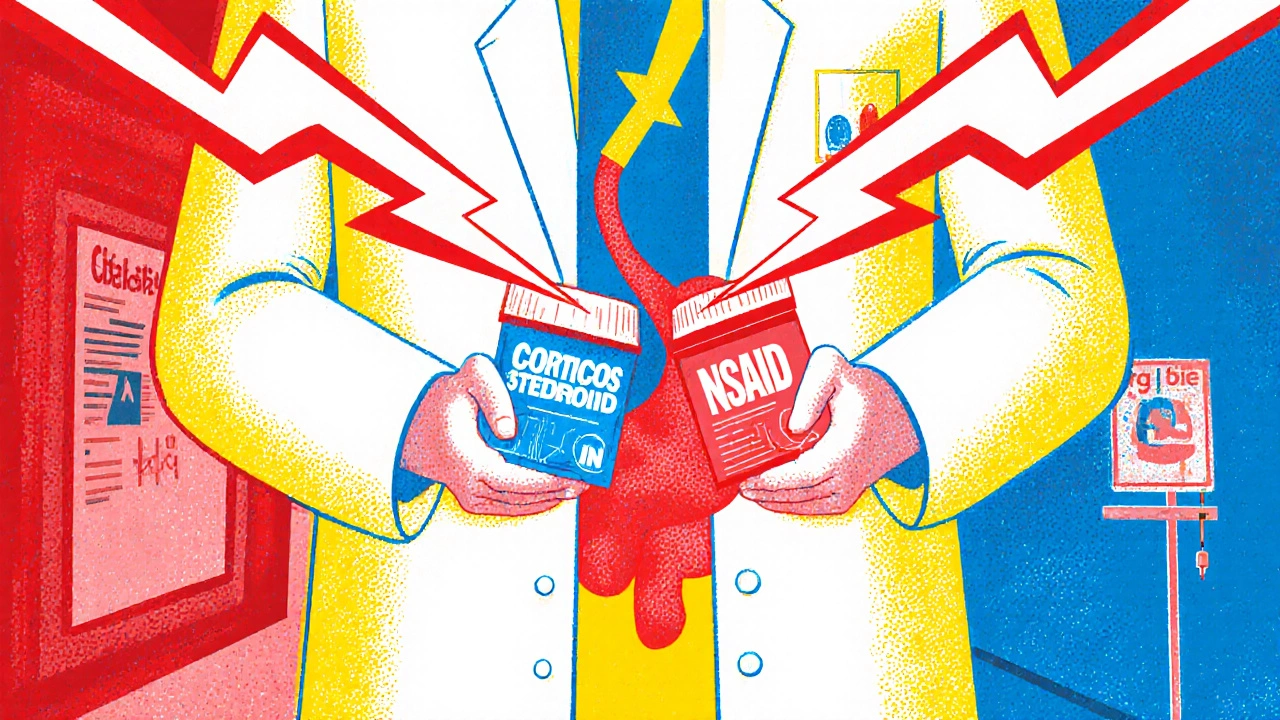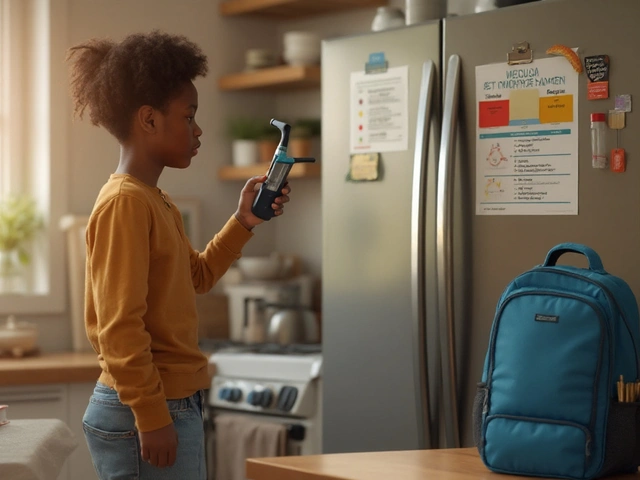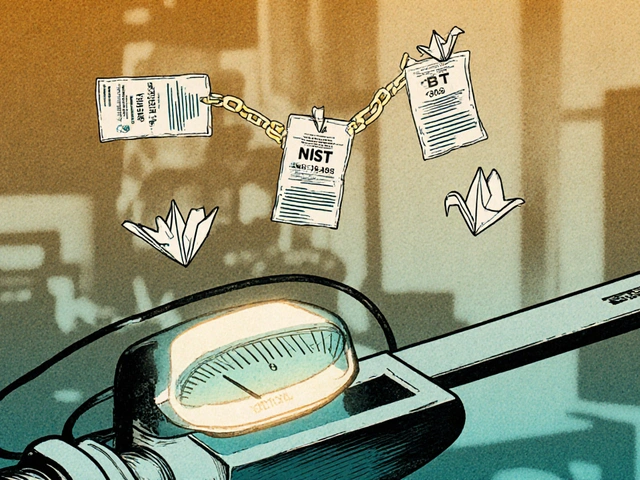Corticosteroid NSAID Interaction: Risks, Signs, and What to Do
When you take a corticosteroid, a powerful anti-inflammatory drug used for conditions like arthritis, asthma, or autoimmune disorders. Also known as steroids, it works by calming your immune system along with a NSAID, a common painkiller like ibuprofen, naproxen, or aspirin used for swelling and discomfort. Also known as nonsteroidal anti-inflammatory drugs, they target pain at the source, you’re not just doubling up on relief—you’re stacking up serious risks. This corticosteroid NSAID interaction doesn’t just increase side effects—it can lead to life-threatening damage you might not notice until it’s too late.
Here’s the real problem: both drugs attack your stomach lining in different ways. Corticosteroids reduce the production of protective mucus, while NSAIDs block enzymes that help repair tissue. Together, they turn your stomach into a fragile battlefield. Studies show people taking both have up to a 15 times higher risk of gastrointestinal bleeding than those taking either alone. You might not feel pain right away. No burning? No nausea? That doesn’t mean it’s safe. Bleeding can sneak in silently, showing up only as fatigue, dark stools, or sudden dizziness. Older adults, people with a history of ulcers, or those on long-term treatment are at highest risk—but it can happen to anyone.
It’s not just your stomach. This combo also puts extra strain on your kidneys, especially if you’re dehydrated or already have high blood pressure. Some people take corticosteroids for chronic inflammation and reach for an NSAID when a flare-up hits, thinking it’s harmless. But if you’re on prednisone for lupus or budesonide for Crohn’s, and you’re popping Advil for a headache or joint ache, you’re playing with fire. The same goes for topical steroids used with oral NSAIDs—yes, even those can contribute when used long-term. And if you’re also on blood thinners like warfarin or antiplatelets like aspirin for heart health? The danger multiplies. You need a plan, not just a pill.
What can you do? First, talk to your doctor before combining them. Ask if you really need both. Could a single medication do the job? Is there a safer painkiller like acetaminophen? Could you use ice, physical therapy, or a short-term dose instead of daily NSAIDs? If you must take both, your doctor might prescribe a proton pump inhibitor like omeprazole to protect your stomach. But don’t assume that makes you safe—regular checkups and knowing the warning signs are just as important. Don’t wait for bleeding to start. If you’re on this combo, keep track of your bowel habits, energy levels, and any new stomach discomfort. It’s not about avoiding treatment—it’s about managing it smartly.
In the posts below, you’ll find real-world examples of how people manage these risks, what alternatives work better, and how to spot trouble before it becomes an emergency. Whether you’re on steroids for asthma, arthritis, or another condition, these guides give you the facts you need to stay safe without giving up relief.

- Oct 24, 2025
- Posted by Cillian Osterfield
Steroids and NSAIDs: How to Lower the Massive GI Bleeding Risk
Learn why steroids and NSAIDs together dramatically raise GI bleeding risk and how to prevent it with PPIs, risk calculators, and smart drug choices.
Categories
- Health and Wellness (57)
- Medications (39)
- Health and Medicine (22)
- Pharmacy Services (10)
- Mental Health (5)
- Health and Career (2)
- Medical Research (2)
- Business and Finance (2)
- Health Information (1)
Latest Posts
©2025 heydoctor.su. All rights reserved





